I should just automatically bring the OkTrends feed into FlowingData. In their never-ending quest to understand humankind, the group from online dating site OkCupid analyzes 11.4 million opinions on what makes a “great” photo – as in makes people want to date you. Some of the findings include: photos from Panasonic Micro 4/3s were best received, “photo attractiveness” decreased by age, and the Flash adds seven years.
There’s one finding that’s got everyone buzzing though. iPhone users have more sexual partners. See the graph above and below for the numbers.
Read More

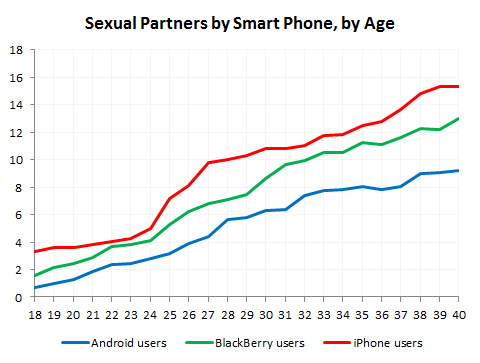
 Martin Wattenberg, who with his associate Fernanda Viégas, was just
Martin Wattenberg, who with his associate Fernanda Viégas, was just 

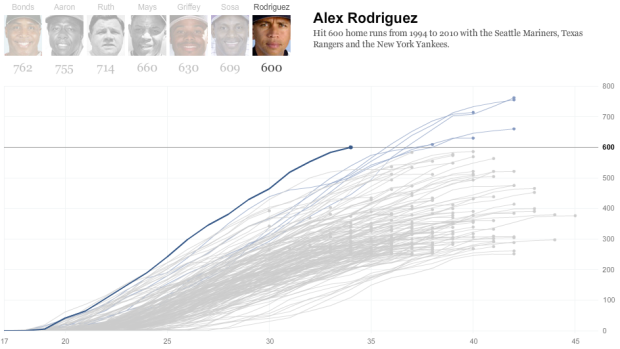



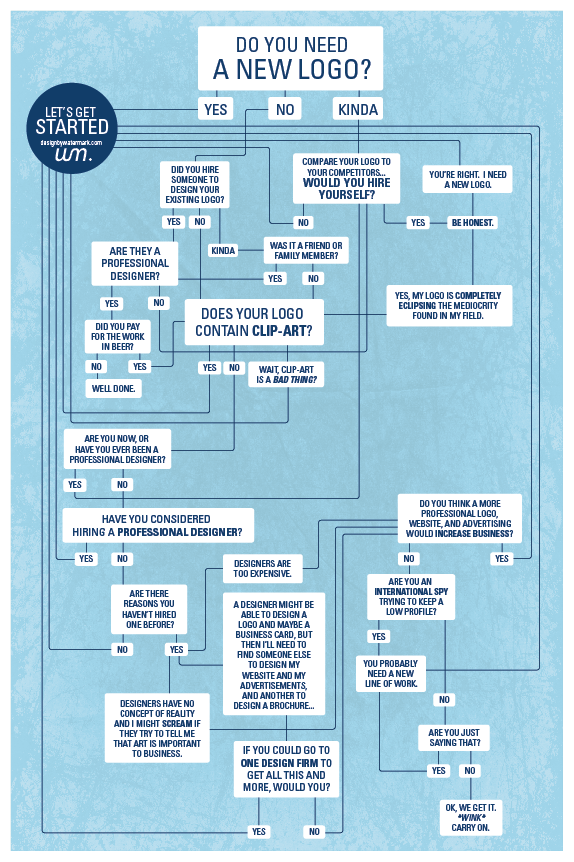
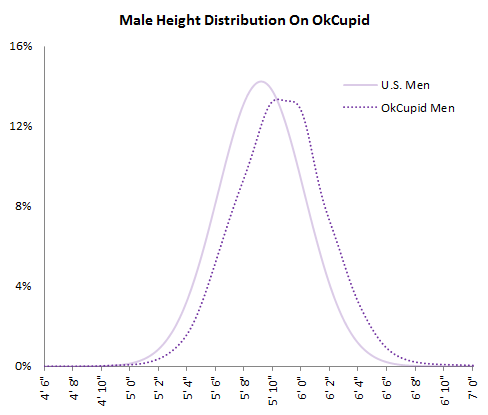



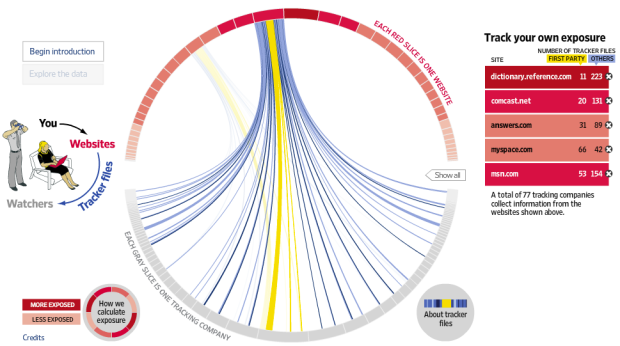
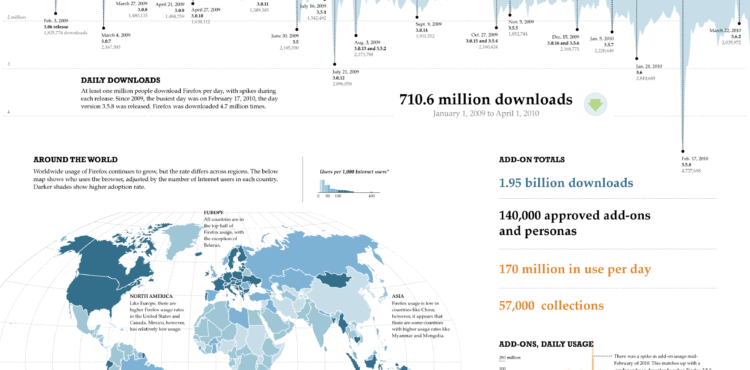

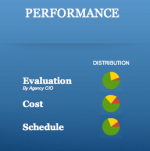 About a year after the launch of the
About a year after the launch of the 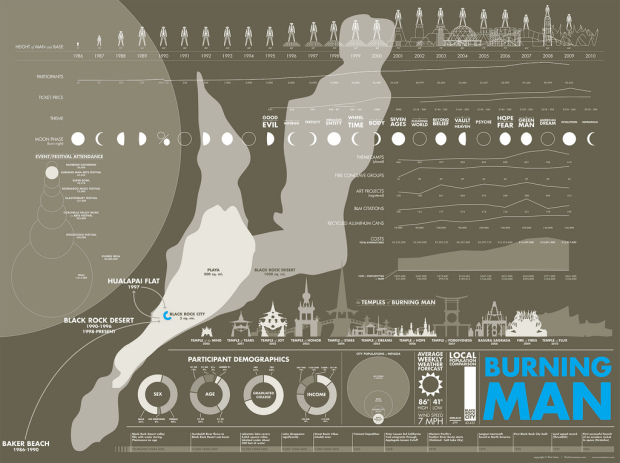
 Visualize This: The FlowingData Guide to Design, Visualization, and Statistics (2nd Edition)
Visualize This: The FlowingData Guide to Design, Visualization, and Statistics (2nd Edition)










